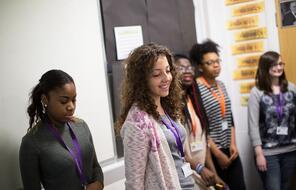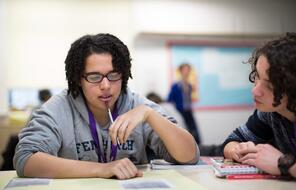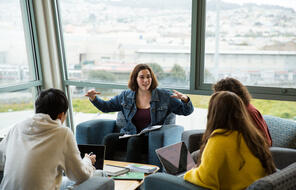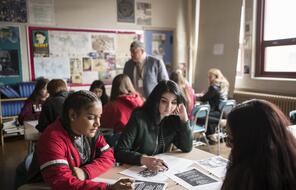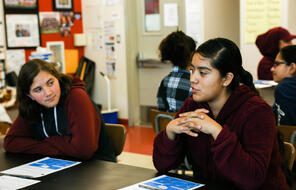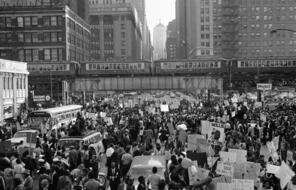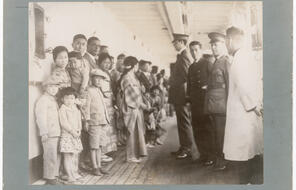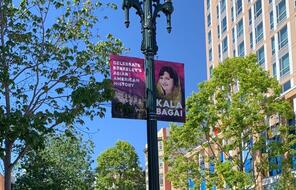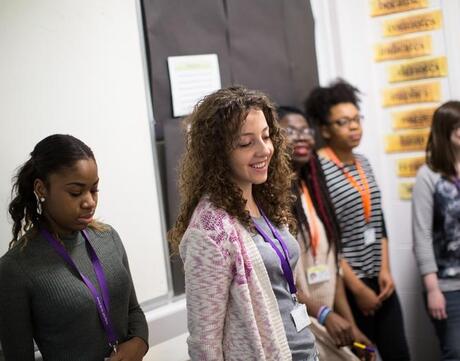
Standing Up Against Contemporary Islamophobia
Duration
Two 50-min class periodsLanguage
English — UKPublished
Overview
About This Lesson
This is the fifth and final lesson in a unit designed to help teachers have conversations with their students about contemporary Islamophobia in a safe, sensitive and constructive way. Use these lessons to help your students reflect on Islamophobia – how it manifests in contemporary society and its impact – and consider what needs to be done to challenge it.
This two-part lesson is a means of helping students understand the impact that Islamophobia has on Muslims and on wider society, and of helping them reflect on what they can do to stand up against contemporary Islamophobia. In the first part of the lesson, students reflect on belonging, on how Islamophobia impacts Muslims’ sense of belonging, on approaches to integration and on how to create an inclusive national identity. Then, in the second part of the lesson, students focus on the act of upstanding, looking at specific Islamophobic incidents and considering what could have been done in response to them, as well as what can be done now to prevent future incidents from occurring.
Reflecting on belonging, and the impact Islamophobia has on Muslims’ sense of belonging, is important: it helps students understand the psychological and emotional toll of Islamophobic acts and how they exclude Muslims. Furthermore, helping students consider approaches to integration and how to create a national community encourages reflection on how to make UK society more inclusive, so that everyone feels a sense of belonging and connection. Finally, highlighting how contemporary Islamophobia manifests in society and sharing examples of upstanding can mean that students are better equipped to know how to challenge it, in all its forms.
Some of the content in this two-part lesson can be challenging for students. We recommend that you review your classroom contract and that you do preparatory work on discussing Islamophobia and Islamophobic tropes by teaching at least the first two lessons in the unit: Confronting Islamophobia and Exploring Islamophobic Tropes.
Preparing to Teach
A Note to Teachers
Before teaching this lesson, please review the following information to help guide your preparation process.
Lesson Plans
Activities: Part I
Activities: Part II
Extension Activities
Materials and Downloads
Quick Downloads
Download the Files
Get Files Via Google
Resources from Other Organisations
Standing Up Against Contemporary Islamophobia
Unlimited Access to Learning. More Added Every Month.
Facing History & Ourselves is designed for educators who want to help students explore identity, think critically, grow emotionally, act ethically, and participate in civic life. It’s hard work, so we’ve developed some go-to professional learning opportunities to help you along the way.
Exploring ELA Text Selection with Julia Torres
On-Demand

Working for Justice, Equity and Civic Agency in Our Schools: A Conversation with Clint Smith
On-Demand

Centering Student Voices to Build Community and Agency
On-Demand




